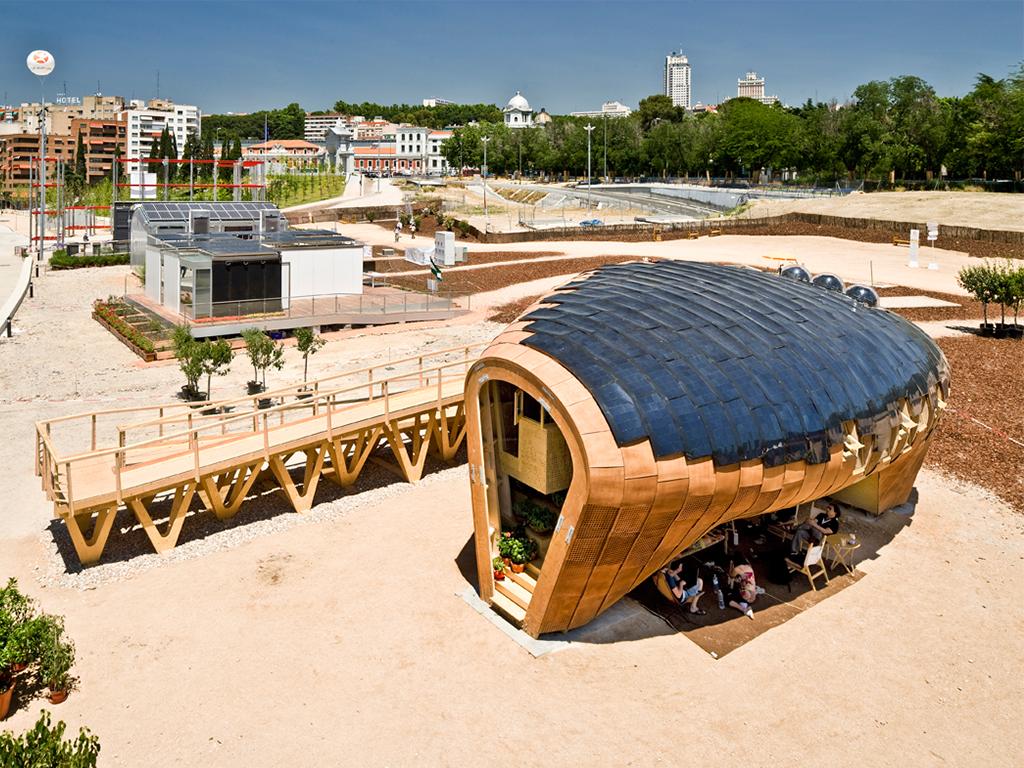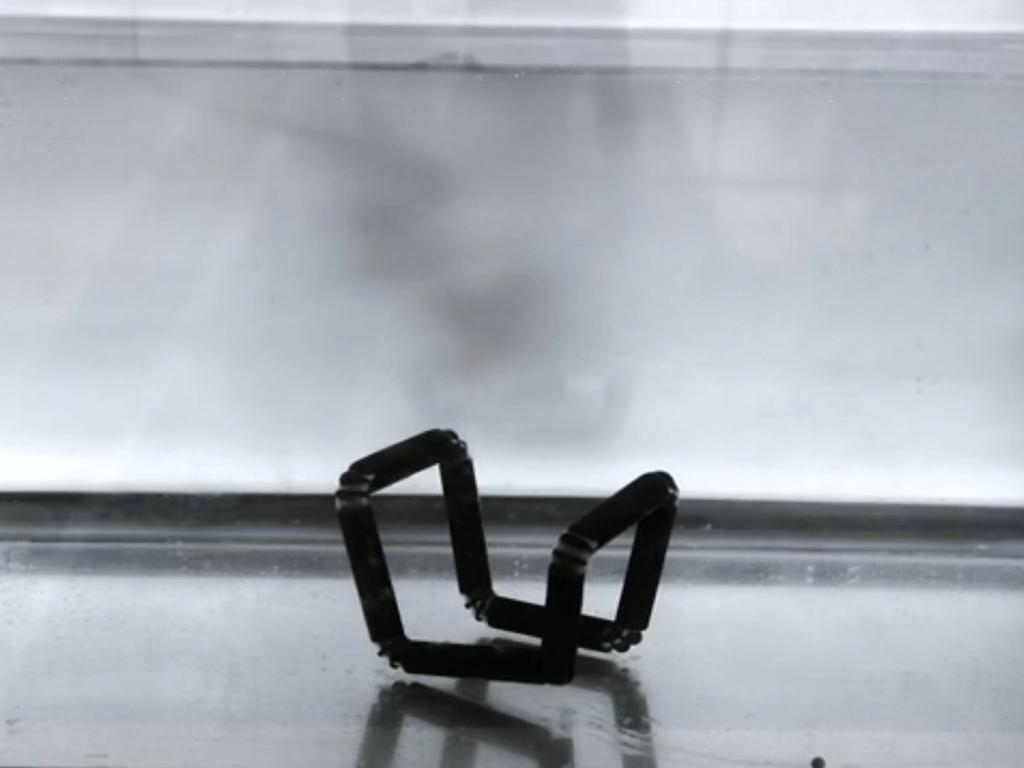A little while ago I was invited to participate in a discussion at One Architecture as part of a research project of theirs funded by the Creative Industries Fund NL.
One Architecture and Waag both are researching how digital (fabrication) technologies can change the field of architecture. 3D design, scanning, printing and milling, social networking, all these and other technologies are changing how we make things, fitting to our local contexts and personal needs. As in many other fields, they will change roles of usual suspects, provides all stakeholders access to the same means of design and production in the building industry. It will change the way we build, but also how we use and share (buildings in) cities. One Architecture brought us together to explore what benefits could we have from using new technologies, when it comes to self-building and collective ownership. Will it impact physical fabrication; information exchange or both combined stimulate collaboration in general?
At our table a small group of architects, a collective ownership (CPO) expert, a self-builder, a new media researcher and a Amsterdam City representative of the self-building department and myself.
What I found today is that working collaboratively, sharing knowledge and using new technologies to facilitate this is really in its very early stages. Access to digital fabrication technologies is hardly on top of mind with builders, let alone how these technologies can help them achieve their personal goals in building or living in their homes. This is either because they do not know what it can bring them or because they are not aware it exists. Obviously there is still enough to explore in this field.
When it comes to digital fabrication as an asset to building, one could think of designing your own brick. But what would be the value? Would it be pure aesthetics and adding to the experience of building your home or can we move beyond this mere custom design of parts of one's home in detail. I’d like to take the latter as a starting point for further research and explore beyond the aesthetics and add meaning, connect people, maybe even allow people to live more sustainable, happy and healthy lives.
The general feeling towards the building industry is rather sceptic because of its lack of transparency, not surprisingly induced by the economic crisis. However this does not result in a totally open counter reaction. On the one hand different groups do make use of websites and closed online project management tools such as Basecamp to share and spread information. On the other hand, participants are uneasy about sharing their personal leanings. One participant today explained that he rather not share his budget as he would be afraid his neighbours would have done better negotiations than he had done buying window frames. Apparently there is a potential loss of face in sharing your mistakes. Interestingly in the online DIY community there is no such thing.
Take for instance a platform like instructables.com. Here vulnerability, sharing your work, guided with good instructions, preventing others to make your mistakes is highly valued. Now what if we would have an open marketplace where builders share information on the best ways to isolate your home, how to make your home interactive using sensors, make your own power supply or do’s and don’t when going to the bank to get your project financed; where local suppliers can profile themselves, are rated by self-builders based on the quality of delivery / products. The key word here is reciprocity, it will establish the thrust that is so essential to take a next step in making the building industry more transparent and more personal.
What struck me is that the discussion for the larger part was centred around legal issues and financing structures, rules and limitations imposed by banks. Either the self-builders do not feel the need to actually build themselves, or as explained by one of the self-builders, the current builders have trustworthy constructors in the family and spend a lot of time with budgets and finance. Those who do not are so well connected or capable of managing budgets and finance that they currently have a hard time building on their own. We do think that as the new generations are way more familiar with digital technologies already, this knowledge gap will get smaller. As said by the builder: “my kids already know more about self-building than I do”.
On a more practical level there is a variety of ways personal digital fabrication could be of value. The easy thought would be to use a Shopbot and make yourself a card board house, but how about designing your own sensors and make your home more intelligent responding to your needs for warmth, light, sound or smell. Be flexible with the interior depending on the amount of people visiting or design your own power plant? The current maker space facilities such as Fablabs are mainly suited for individuals or maybe small groups but are not capable of larger scale production, yet.
(Photo shows the Fablab House)

